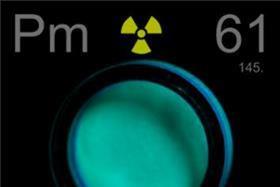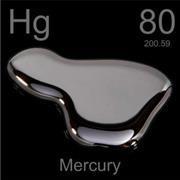Web Watch: Tony Tooth looks at some websites that may be of interest to chemistry teachers
Periodic Table

An alternative to the webelements site, periodictable.com may well be worth a look for your students - principally because of the quality and variety of the images available and the wide variety of contexts in which the elements can be seen. There is a lot of marketing to ignore; principally of posters of the various images, but it's worth it for the quality of the visual impact.

Clicking on any element on the Periodic Table links to a page that starts with a useful summary of key information: atomic weight; density; melting point; and boiling point. A further link leads to a page of full technical data. Clicking on any property name leads to a table of data for all the elements that can also be viewed in a number of formats as a plot of the data (including rotatable 3D representations), which is very handy when teaching periodic patterns and trends. The plots are interactive so holding the cursor over any plotted point brings up the name, symbol and image of the appropriate element. The list of data available on the 'full technical data' page for each element is enormous, including full lists of all known isotopes and the decay chains of any radioisotopes.
Videos, including Thermit, aluminium and bromine reacting and the phosphorus sun, plus rotating images of all the elements are also available.
General Chemistry Online
This site, put together by Fred Senese at Frostburg State University, has many sections. The companion notes for the first term general chemistry course at the university provide some useful background reading together with well-presented graphics and diagrams to support such ideas as electron energy levels and the ideas of precision and accuracy in measurements. These notes are also hyperlinked, which is a useful aid to navigation, especially if they are being used for background reading or extension work by students. The construction kits area of the site includes a neat ionic compound construction kit, which is activated by choosing two ions (one anion and one cation) from a tabulated list. As you increase or decrease the numbers of each ion an animated 'balance' shows the electrical balance until the charges cancel out. At this point the formula of the compound can be created (by deleting charges and adding subscripts to the boxes provided) and checked. This could certainly be a useful learning aid for GCSE students.
Other areas of the site include articles, a glossary and FAQs but the biggest resource is the common compound library. Here you can enter the name of a compound (and the site seems to recognise a wide range of common and chemical names) and the search returns a brief summary of information such as synonyms, molecular weight, melting point and uses together with a link to the NIST webbook where images of various spectra including the IR and mass spectra can be viewed and printed out.
If you know of any websites that should be reviewed in Education in Chemistry , then e-mail the title or URL to TonyT@kings-ely.cambs.sch.uk






No comments yet